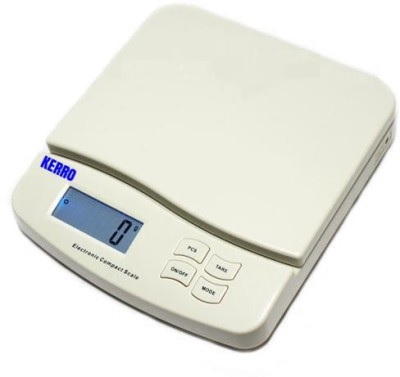Calibration Weight Box
When you test, or calibrate, a scale, you check its accuracy by comparing the known exact weight of an item to the weight displayed when it is placed on the scale. You can check your own scales at home too. While calibration weights serve this purpose, you can use other items of known weight. Commercial scales must undergo a regular schedule of inspection for compliance to standards for accuracy.
Preparing for Calibration
Check the user manual of your scale, as there may be a prescribed procedure for calibration. You’ll need a hard, level surface that doesn’t shake. Load the scale evenly and allow time for your weight to settle before taking a reading. With a very sensitive scale, even the room temperature or atmospheric pressure can influence the reading. Digital scales will have a calibration mode, and mechanical scales will have a thumbscrew or similar adjustment.
Today Weights have always been used to carry out weighing procedures. This original purpose has almost disappeared. Today, weights are used almost exclusively for adjusting and testing = calibration of electronic balances. We therefore call them “Test weights” as this is their purpose of use.
Adjustment or calibration?
➔ Adjusting a balance means that you are intervening in the weighing system, to make sure that the display is set to show the correct nominal value. With ➔ calibration, on the other hand, there is no intervention, you are testing whether the display is correct and documenting any deviation. Testing, the right way!
















Reviews
There are no reviews yet.